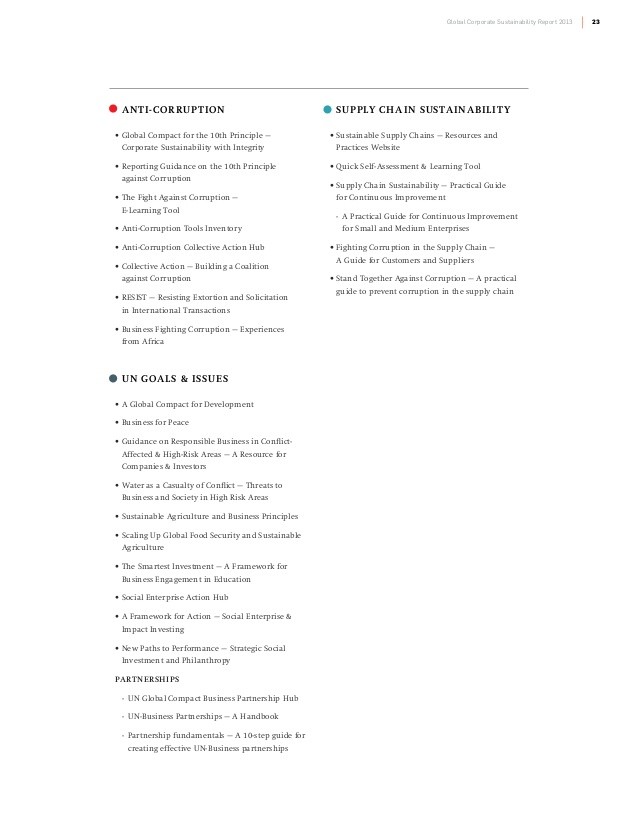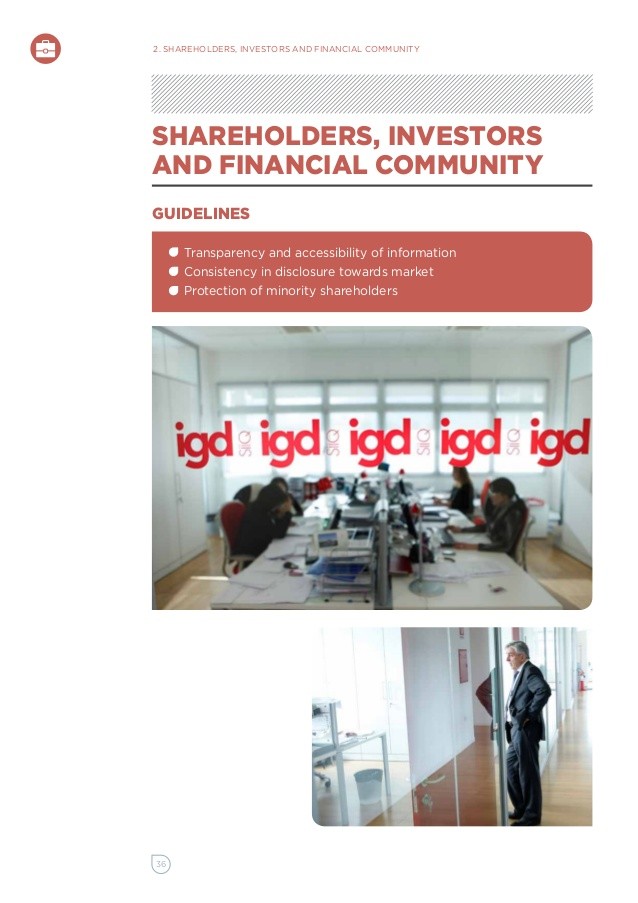The past the present and the future of sustainability reporting in the global real estate sector
Post on: 15 Август, 2015 No Comment

With increased societal focus on resource scarcity, the need for de-carbonization, and the effects of climate change, investors have become increasingly aware of the implications of these, generally longer term, megatrends.
More than any other investment class, real estate assets are exposed to the direct, local consequences posed by these global risks: more stringent regulatory requirements, changing societal preferences for places to work, live, and play, and exposure to climate-related events, such as flooding and extreme weather conditions.
Global Real Estate Sustainability Benchmark
With these investment beliefs in mind, in 2009 three large pension funds joined forces to better understand their exposure to risks related to environmental, social and governance (ESG) issues in their global portfolios of investments in property companies and private equity real estate funds.
The first assessment of the sustainability performance of the real estate industry, based on a selection of 43 material metrics, led to the inaugural results of the Global Real Estate Sustainability Benchmark (GRESB). including 198 property companies and funds. The outcomes clearly showed that the real estate sector was just waking up to the reality of integrating sustainability in its investment and asset management strategies: for example, only 19 percent of benchmark participants had some information on energy consumption, and only 20 participants (10 percent) achieved a ranking in the highest category (Green Stars).
Five years later, sustainability reporting has become has become standard practice for a large part of the worlds property companies and fund managers. In consultation with the real estate industry, GRESB has further developed the set of metrics that constitute the most important sustainability issues for its more than 130 members, of which 42 are pension funds and their fiduciaries, jointly representing some USD 8.8 trillion in assets under management.
This year, 637 listed property companies and private equity real estate funds submitted data, covering 56,000 buildings (excluding single-family residential assets) with an aggregate value of USD 2.1 trillion. Not only has the coverage of sustainability reporting improved, but the sustainability performance of benchmark participants also shows significant progress. For example, 79 percent of property companies and funds now measure energy consumption in their buildings. Collectively, between 2012 and 2013, the commercial real estate sector reduced its energy consumption by 0.8 percent, carbon emissions fell by 0.3, and water consumption by 2.3 percent (based on like-for-like data from 508, 434, and 462 participants, respectively). Over a third of the benchmark constituents are now ranked in the highest Green Star category.

Benchmarking takes sustainability to the next level
Looking forward, there is no doubt that buildings will continue to be a focus of environmental legislation. In six years from now, all new construction in European Union countries will need to reach a nearly zero-energy standard. Following disclosure laws in Australia and the EU, ten U.S. cities, two states and one county now require the benchmarking and disclosure of building energy performance for large commercial, institutional, and multifamily buildings .
Green building certification programs have become institutionalized in the real estate market, with over 34,000 commercial buildings certified across the globe (according to the Green Building Information Gateway ), and LEED buildings representing 19.4 percent of the top-30 largest U.S. commercial office markets (according to the Green Building Adoption Index of CBRE/Maastricht University ).
For investors, these trends of increasing transparency and enhanced sustainability performance at the asset level will likely affect the volatility and profitability of real estate investments in property companies and funds. The financial industry continues to seek ways to incorporate ESG metrics in financial decision-making, with new investment opportunities, such as green property bonds, recently added to the universe of investment vehicles. The need for reliable, investment grade data on ESG metrics continues to increase with the advent of capital market interest in the topic, and GRESB will be at the forefront of providing increasingly granular, high-quality data to the industry. This data will provide transparency, allowing pension funds, insurance companies, banks, and other institutional investors and lenders to incorporate non-financial information into their investment decision-making.
For the global real estate industry, accurate benchmarking at the portfolio level will increase competition and the speed with which sustainability best practices diffuse into the market. This will enhance and protect the value of real estate investments, and ultimately contribute to a more efficient, more sustainable built environment.














